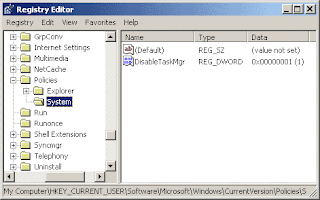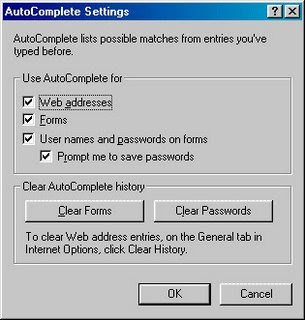
HOW TO SAvE YOUR PC......
When you think of security, you likely think of banks and financial institutions or at least companies in fear of corporate espionage. However, they are not the only ones that have to be concerned about security. Anyone, including you, who use a home or business computer to get on the Internet, should be concerned about security. The Internet, though a wonderful tool full of a wealth of information, is also full of hackers, viruses, and scams that can cause your computer a great deal of damage. Luckily, though, there are ways to prevent a lot of what is out there from getting to your computer. There are tools and precautions that you can take. The following is a list of ten that can go a long way in protecting you and increasing your internet security.
1) Make sure that you have a firewall up and running on your computer as well as a virus
checker. In addition, make sure what any firewall that is included in the software that you are using, has been activated and is set properly. Consult a professional or your software's manual to make sure you have the settings on and correctly placed for optimum security.
2)Try not to share your computer. Obviously there are times when, especially with a home computer, that there will be multiple users. The problem is more with kids than anything. Children have a tendency to download anything they think they might need without thinking it through. If you do have to share your computer with kids, take time to talk to them about the risks of downloading software.
3)Backup your data often, especially what you consider it to be essential data. If you don't do anything else, make sure you backup your files. Anything you backup can then be recovered if there is a problem. Viruses, worms, and the like can eat up files and before you know it family photos, business files, or important contact information can be lost.
4)Make sure you know what you are doing before you download anything. Don't click on any unknown link that asks you to agree to install software to view their page. Sometimes those contain spyware.
5)A fifth way to increase security is to be careful about any business or sensitive information you access or pass on a public computer. You don't know what has been downloaded onto those computers that could affect your files. Public computers could even have spyware, key logger software, or a number of other programs that could steal sensitive information. If you must use a public computer, make sure you sweep it with some sort of spyware seeking program.
6)Carry a flash card with you. You can load your own software onto the flash card for use on any public computer. This will help keep you safe from viruses. You may also want to use it if you are going to be using a family computer that you are not positive its virus and spyware free.
7)Beaware of visiting porn sites or anything like that. Those sites often contain spyware, Trojan horses, viruses, and all sorts of nasty bugs. These sites can even have software that will run in the background of your computer without even asking you, so it is a good idea to just stay away.
8)Never open SPAM email while you are still connected to the Internet. Many times, just by clicking on SPAM you may be adding yourself to your own email address to another SPAM list. Often your email address will be used as the sending address and you will not know this, until your account is closed. You can also end up with viruses or worms from clicking on SPAM emails.
9)Turn off your Internet connection if you are determined to see what is in the SPAM email. If you really feel like you need to look at a message, but are unsure where it is from, shut off your connection at the firewall first.
10)Lastly, make sure you have a good virus checker installed on your computer. There are many free ones out there and they work well at protecting your computer from viruses. Look for a virus checker with regular updates, even daily updating, and make sure you receive those updates. Virus software will help protect your computer from new viruses and new worms that get discovered on the Internet. By making sure you are updating regularly, you can keep up with the viruses that are out there.
If this simple steps are followed you can be safe from danger.....










